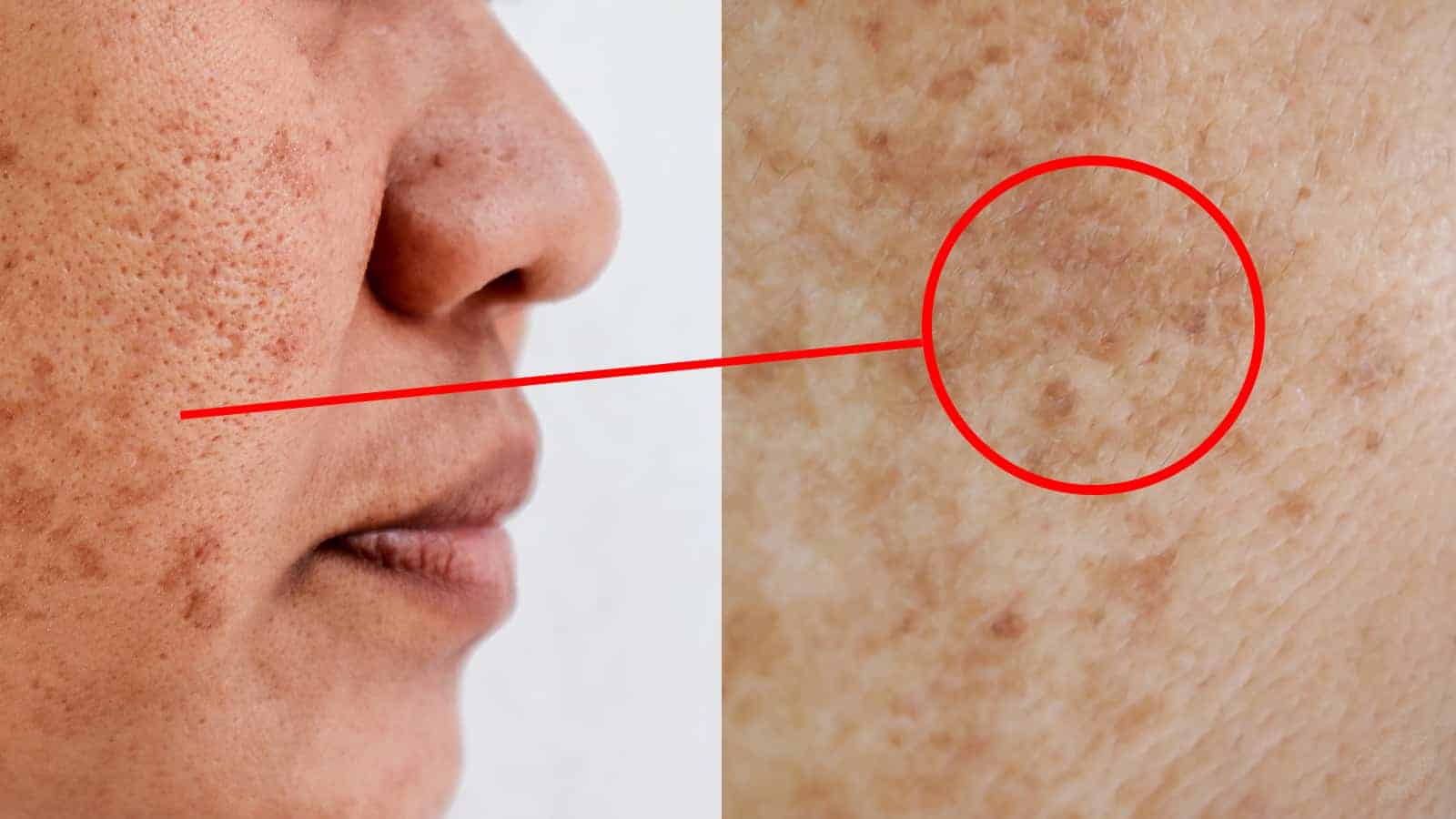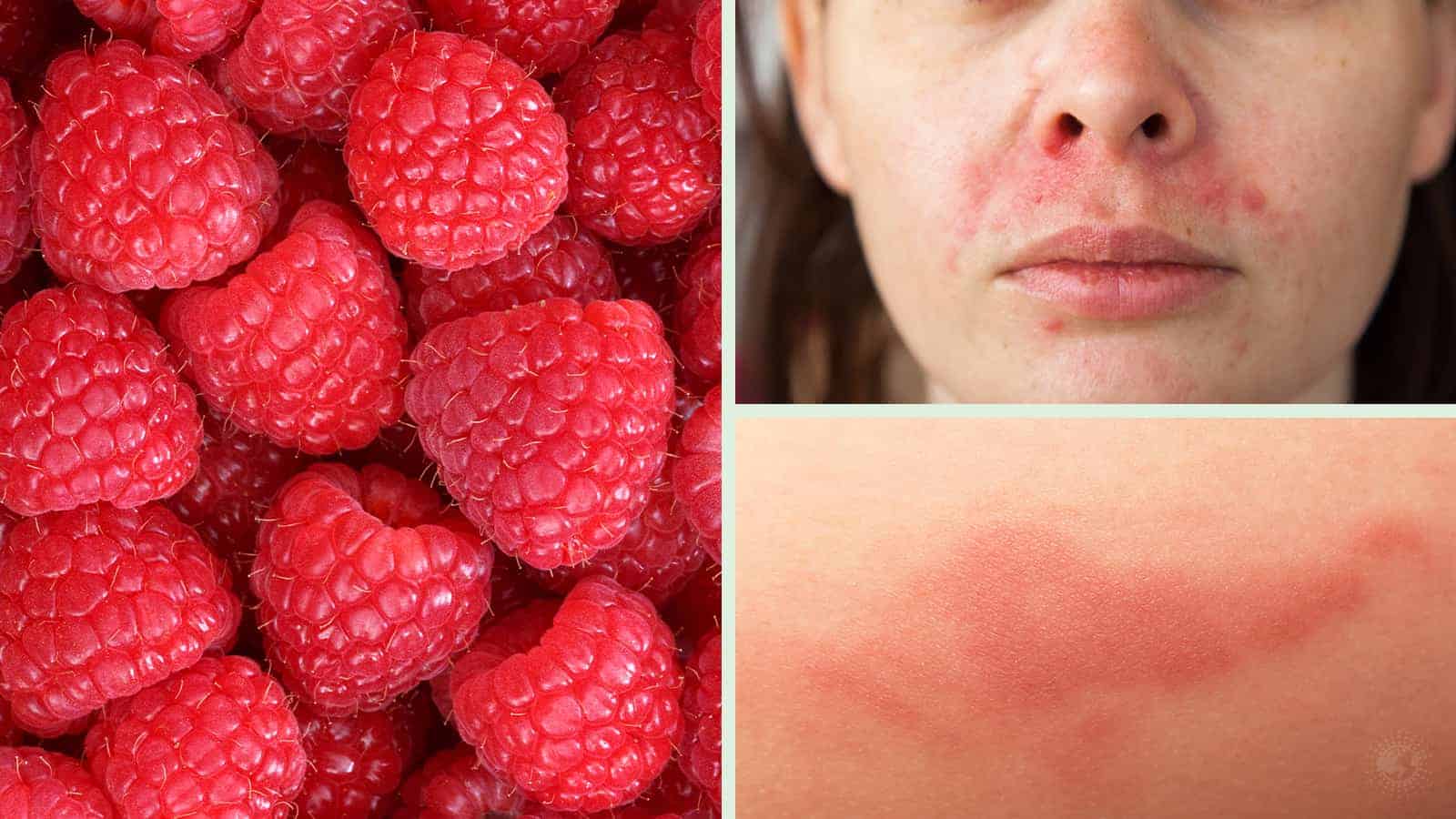Once you become pregnant with your first child, your body will never be the same. Sometimes, your complexion will get dark patches called melasma.
Many people (usually females) wonder if there is anything they can do about this skin condition.
While this dermatological problem is more common in women, it can also occur in men. Another name medical experts have given it is chloasma. According to an article published by Collegium Antropologicum, this “pregnancy mask” usually affects 50-70 percent of all expectant mothers.
What Causes Melasma?
Although medical researchers and dermatologists don’t completely understand this skin condition, they believe that pregnancy hormones play a significant part in their formation. A study published by The New England Obstetrical and Gynecological Society found that oral contraceptives can also contribute to dark patches. The study also suggests that hormone replacement and sensitivity to progesterone and estrogen can be triggers.
1. Stress
According to another study published by the British Journal of Dermatology, stress might also be a risk factor for melasma. Since stress hormones like adrenaline and cortisone relate to several other health conditions, it stands to reason that it could be behind these spots. This may account for the males who have the mask too.
2. Sun Exposure
It’s not a coincidence that many people who develop dark patches notice them in places exposed to the sun. Melanocytes are specialized skin cells that control pigmentation. Overexposure to the sun’s ultraviolet rays can affect these cells and cause dark splotches.
Is Hyperpigmentation the Same?
Not all hyperpigmentation is the same. It’s a general term dermatologists use to describe any skin condition that causes darker spots. This may include freckles, age spots, acne scars, and dark patches.
The difference is that these spots are usually related to pregnancy and hormones. However, some cases may be related to overexposure to the sun. It usually appears on more conspicuous places like your face, neck, shoulders, and sometimes along your hairline.
As with most types of hyperpigmentation, these spots are usually more of a cosmetic issue rather than a risk to your health. To be safe, you should have any skin condition tested to ensure you know what you have.
The Two Primary Signs of Melasma
Everyone dreams of a flawless complexion, but there’s no such thing. For many reasons, human skin gets bumps, breakouts, and disorders one time or another. However, people often worry more about moles and dark patches.
Fortunately, a pregnancy mask is a common and harmless condition. It can make you feel less confident in your appearance, though. Here are two signs that point to a case of melasma:
1. Pregnancy Mask
During the first few weeks of pregnancy, your hormones are working overtime. You may notice dark patches of skin on your cheeks, forehead, nose, or chin. These patches are usually symmetrical and may be different tones darker than your usual complexion.
2. Dark Patches on Other Areas
Any areas that are exposed to the sun can be prone to these dark patches. Some people get them on their necks and forearms. Rarely will this condition appear anywhere else? The patches may get a little darker during pregnancy.
People of all races and skin tones can develop dark spots. However, those with more melanin and darker skin may be at a higher risk. You may also be genetically predisposed if the females in your family have this condition. Also, you may notice these spots if your skin has suffered from sun damage.
How is it Diagnosed?
By conducting a visual exam of the affected areas, your healthcare provider can usually diagnose this skin condition. However, they may need to rule out more serious dermatological issues by performing more tests, which are straightforward exams that are noninvasive.
To ensure that your skin isn’t affected by fungal or bacterial infections, they may use a Wood’s lamp examination. It’s a specialized light placed against your skin to discover how deep the dark patches have developed. If your specialist suspects a more serious condition, they may remove a small piece of skin for a biopsy exam.
Is There a Cure for Dark Patches?
If you developed dark patches due to pregnancy or taking oral contraceptives, it may fade away by itself. That’s the case for many fortunate women. It might take some patience for them to fade away slowly, but it can happen.
What if your dark patches of skin don’t go away? Your healthcare provider may prescribe topical medications that can lighten the affected areas. In some cases, a dermatologist may perform dermabrasion or chemical peel to remove the upper layers of skin to make the dark patches less noticeable.
Technically, there is no real “cure” for melasma. Even if you go the extra step to have a dermatological procedure, there’s still a chance that the dark patches can reappear. Sometimes, ongoing treatments may be recommended.
Natural Remedies to Try
Your grandmothers relied on Mother Nature for many ailments, including skin conditions. Did you know that some common ingredients in your pantry can be used to attempt to fade dark patches on your complexion effectively? Here are a few to try:
1. Lemon Juice
When women didn’t like their freckles in the past, they often used fresh lemon juice to lighten them. The same remedy can also be used for dark patches. All you need is a lemon.
The citric acid acts as a natural bleach by rubbing a halved lemon over dark patches on your skin. Used once a day, you may notice that these areas may noticeably fade. Make sure you follow by rinsing with cool water and patting your skin dry with a towel.
Research explains citric acid is the component that causes this lightening effect. It is worth a try!
2. Hydrogen Peroxide
This perennial first aid has been used for years to kill germs and fight infection. It also can be used to fade stains on your teeth or dark patches on your complexion. Dab a cotton ball into hydrogen peroxide and gently rub it over the discolored areas.
Dermatologists who offer hydrogen peroxide acne creams to their patients note that it causes skin irritation in some people.
3. Apple Cider Vinegar
In recent years, the medical community has discussed the promising health benefits of ACV. It’s a natural antimicrobial and antifungal and is loaded with antioxidants and probiotics. No wonder it is also good for your skin.
Did you know using apple cider vinegar as a skin tonic may help fade dark patches and other skin discolorations? Apply it gently on the spots with cotton balls, then rinse with cool water.
4. Raw Honey
Thank the humble honeybees for sharing their health-beneficial food. Since ancient times, people have used honey to soften and moisturize their skin. It can also be an excellent skin toner and natural spot fader.
In a small bowl, mix some raw honey with a tablespoon of water. Use cotton balls or swabs to gently apply the sweet mixture on any discolored skin patches you have. Allow it to stay on your skin for fifteen to twenty minutes, then rinse with cool water.
Honey is a proven antioxidant. So, even if the remedy does not reverse your melasma, it does support healthier skin.
Two dermatologist-recommended Tips for Coping with Dark Patches
If you belong to any of the risk categories for these spots, it may be a condition that you’ll have for life. There are no guarantees even with dermatological treatments. The good news is that there are ways you can make the dark patches less conspicuous.
1. Use Makeup
Women who have dark spots or other skin conditions may find that makeup can be a saving grace. You can find concealers, foundation creams, and powders for just about any skin tone. Most reputable cosmetic companies offer them to fit your budget.
Use a product that best matches your skin tone. Apply concealer on the dark patches with a clean brush or sponge in small dabs to create a heavy coating. Then, blend it in with your foundation for a natural look.
2. Be Sun Smart
Yes, it would help if you had fresh sunshine daily to boost your moods and help your body manufacture Vitamin K. However, there is such a thing as getting too much of a good thing. You may have developed dark patches because of years of overexposure to UV radiation from the sun.
Have you ever noticed how people look after being a life-long sunbather or frequenter of tanning salons? Their skin loses its elasticity, and it becomes prematurely wrinkled, dark, and leathery. It can also be a precursor to melasma.
Prevent any further skin damage by wearing sunscreen of at least an SPF 30-50. Remember that the sun’s UV radiation is present any season and even on overcast days. Wear broad-brimmed hats on sunny days and cover your skin with light clothing if you are outside long. Avoid the sun during peak afternoon hours.
Final Thoughts on Fixing Melasma
This skin condition may not be uncommon, but it can make you self-conscious. You may not have a positive body image in the first place. If dark patches affect your self-esteem and make you feel anxious or depressed, consider talking to a mental health provider.
Developing dark patches on your skin can be frustrating for you. Fortunately, melasma isn’t a health concern and isn’t difficult to treat. With a few natural beauty tips and discussions with your healthcare provider, a clearer complexion might be yours soon.
















 Community
Community

